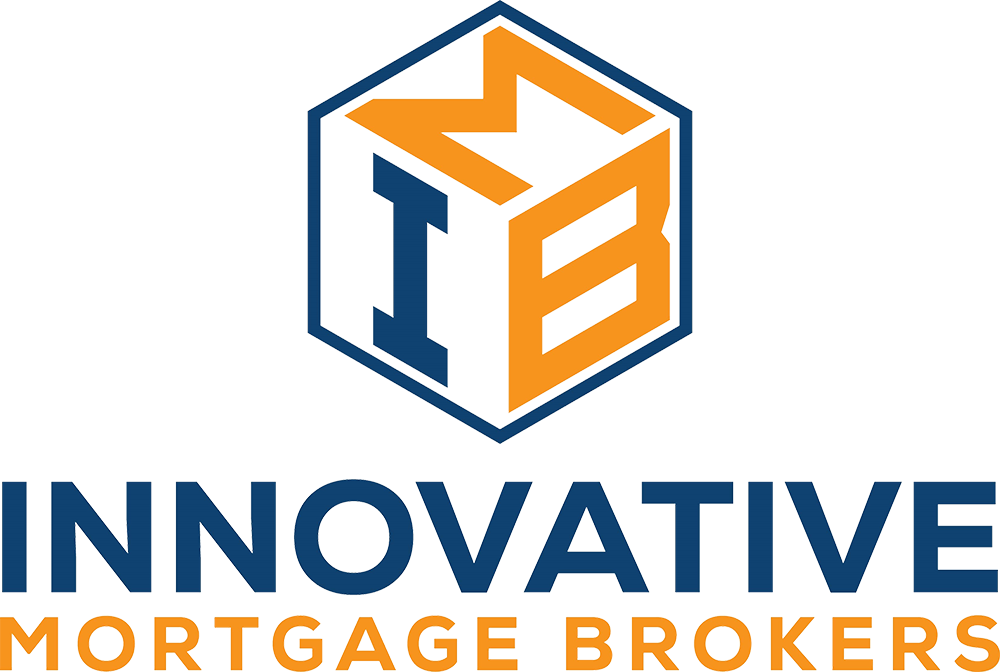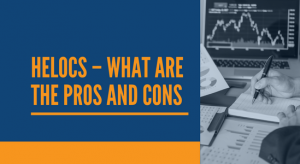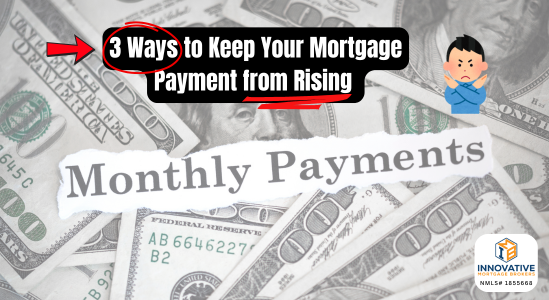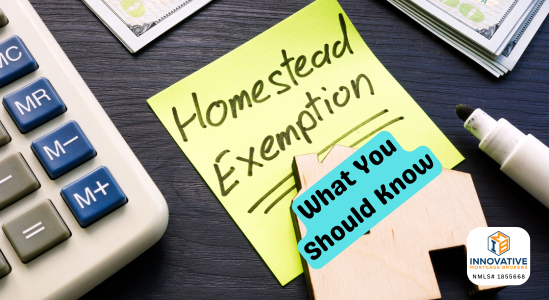3 simple ways to minimize increases even with a fixed-rate mortgage loan If you've ever…
HELOCs – What are the Pros and Cons
If you’ve built equity in your home, you might consider using it. A home equity line of credit offers easy access to your equity with flexible payments. You can use the cash immediately for a financial emergency or have the funds available ‘just in case.’
Before tapping into your home’s equity with a HELOC, here’s what you should consider to determine if it’s the right option for you.
What is a HELOC?
A home equity line of credit is a revolving account borrowed against your home’s equity. The equity in your home is the difference between its value and your current mortgage balance.
For example, if your home is worth $300,000 and you have a $100,000 mortgage balance, your home equity is $200,000.
With a HELOC, you borrow against the equity, using your home as collateral. The HELOC is a second mortgage on your home that could put your home at risk if you default.
How Does a HELOC Work?
HELOCs work differently than your first mortgage. First, you get a revolving line of credit (like a credit card) that you can use as needed.
The money sits in a revolving account that you can access with a provided debit card or checkbook. You usually don’t owe any payments if you don’t use any funds. However, when you withdraw funds, you usually owe interest only on the funds withdrawn.
A HELOC has two phases:
- Draw – During this phase, you can withdraw funds up to your limit. You must make interest payments on the amount withdrawn but can also repay the principal borrowed. If you repay money borrowed, you can reuse it, like a credit card, until the end of the phase, which mostly lasts ten years.
- Repayment – During this phase, you can no longer withdraw funds and must make principal and interest payments to repay what you borrowed.
Home Equity Line of Credit – What are the Pros?
Home equity line of credit loans have many benefits, including the following:
Borrow as Much as 85% of your Home’s Value
Most lenders allow you to borrow 80% – 85% of your home’s value. This means your first mortgage and the HELOC can have a maximum LTV of 80% – 85%.
Using our example from above, if your home is worth $300,000 and you have $100,000 in an outstanding mortgage, you can borrow up to $155,000 in a HELOC.
You can Use the Funds How you Want
The lender doesn’t tell you how you can or cannot use your funds. Many use them for home improvements, debt consolidation, or large expenses. Some people borrow a HELOC to have emergency funds available ‘just in case.’
There’s no right or wrong way to use the funds; usually a HELOC lender won’t turn you down for the intended use.
The Interest May be Tax Deductible
If you use the HELOC funds to reinvest in your home, such as making home improvements, the interest may be tax deductible. Discuss this option with your tax advisor.
Has Lower APRS than Credit Cards
Credit card average APRs are around 20%+, depending on your qualifying factors, but HELOC average APRs are usually 6% – 10%, depending on the market.
Home Equity Line of Credit – What are the Cons?
Just as there are many benefits of a HELOC, there are downsides to consider as well.
Variable APR
HELOCS have a variable interest rate, so it’s harder to budget for your payment. If you freeze a portion of your HELOC, you may lock in an interest rate, but you can’t withdraw funds from that portion any longer.
You Put your Home at Risk
You must use your home as collateral for a HELOC, which means if you don’t make your payments, you put your home at risk of foreclosure. So only borrow a HELOC if you can comfortably afford the payments.
Easy to Overspend
Unless you have a specific use for the funds, such as home improvements, it’s easy to overspend or spontaneously spend.
You Must Pay Closing Costs
Depending on your lender, you’ll likely have to pay closing costs to borrow from your home’s equity. This may include an appraisal and title work to ensure the home has enough collateral and the title is free of any liens except your existing mortgage.
HELOC Alternatives
A HELOC isn’t the only option when looking to use your home’s equity. Other options include the following.
Cash Out Refinance
Many loan programs allow you to refinance your first mortgage for more than you owe. Typically, you can borrow up to 80% of your home’s value if you can afford the payments.
With a cash-out refinance, you receive the funds as one lump sum instead of a line of credit. As a result, you use the funds how you want but don’t have the option to re-draw funds for future uses. Depending on the loan program, those can have fixed interest rates.
Home Equity Loan
A home equity loan is a second mortgage on the home, like a HELOC. However, unlike a HELOC, you receive the funds as one lump sum. You cannot re-draw funds like a HELOC, but a home equity loan uses a fixed interest rate, and you make principal and interest payments from the start.
Final Thoughts
If you have equity in your home, a HELOC may be a good way to access the funds you need. It’s a good option when you want to liquidate your equity but don’t need to use it immediately. Only paying interest on the funds you withdraw can be financially smart, and knowing you have the funds available can provide peace of mind.
If you’d like to know your options for a home equity line of credit in Pennsylvania or Florida, contact us today! We can help you understand your options and compare the overall benefits and costs.
A HELOC can help you achieve financial goals, but there are many options, and at Innovative Mortgage Brokers we are here to help you choose the right option for your individual needs.
We understand the ins and outs of the loan process and can ensure that your documents are accurately filled out to meet lender requirements. With our extensive experience, we are able to answer all of your questions, as well as search through various loan programs to find you the one for your needs.
Furthermore, we stay up-to-date on changing laws and regulations so you can be confident that the advice you receive is current. At Innovative Mortgage Brokers we also have online tools so that you can apply from home with ease to save time.





